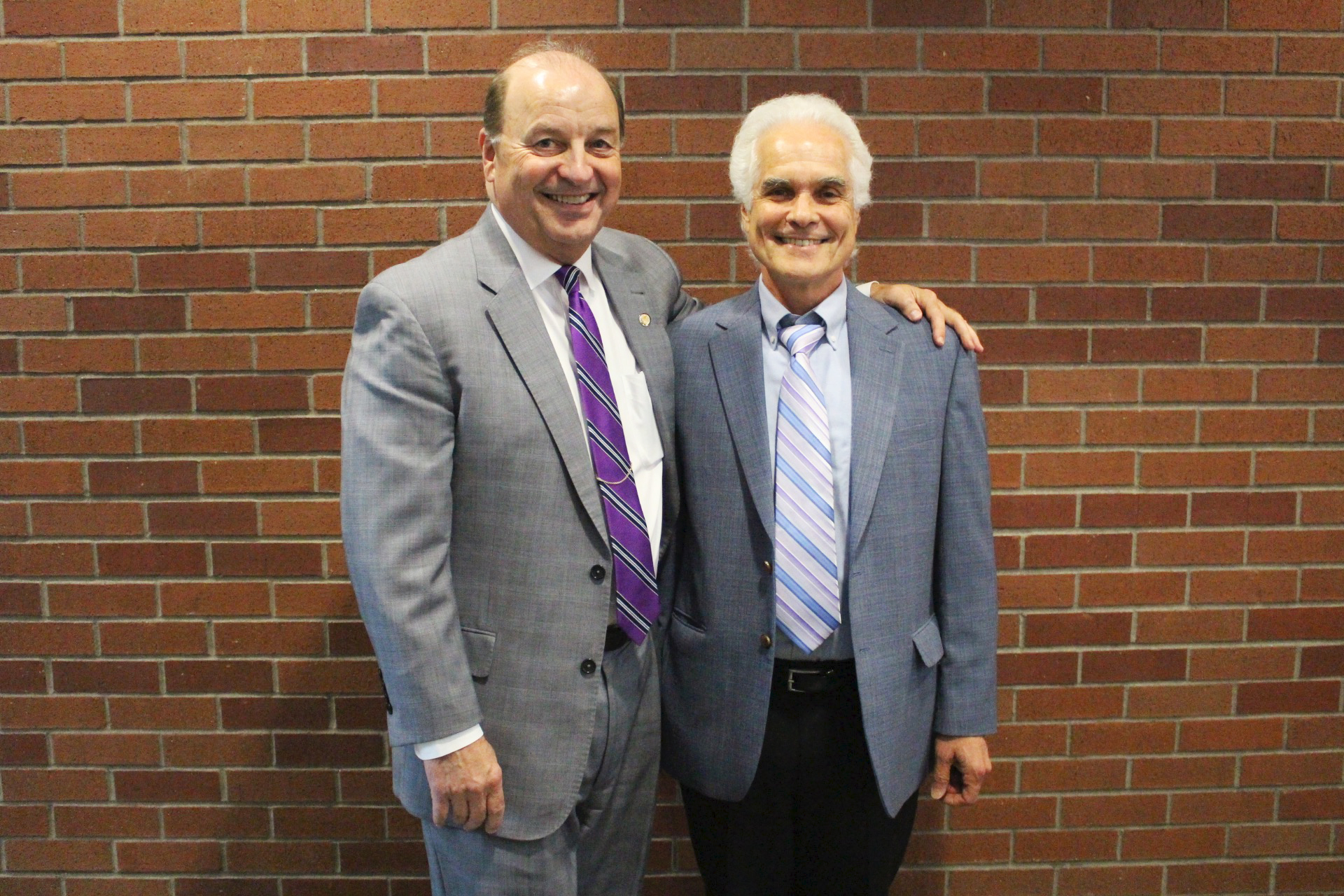Oregon Health Plan to cover chiropractic care and other integrative medicine services in the treatment of back pain
UWS alumnus served on committee and a faculty member provided research supporting an integrated approach to pain management

University of Western States alumnus Dr. Vern Saboe, serving as a member of the Back Lines Reorganizations Task Force of the Oregon Health Authority (OHA) Health Evidence Review Commission (HERC), helped to change policy that will now provide coverage under the Oregon Health Plan (OHP) for chiropractic care, acupuncture, cognitive behavioral therapy, osteopathic manipulation, physical therapy and occupational therapy in the treatment of back pain. The new policy changes became effective July 1, 2016.
In his role as a member of the task force, Dr. Saboe reached out to the integrated health care community for research and evidence that supported the importance of conservative and integrative care. UWS faculty member Dr. Daniel Redwood, director and faculty member in the UWS Human Nutrition and Functional Medicine degree program, worked with Dr. Saboe to help provide a valuable evidence-based critique of the initial draft. The previous guidelines placed more emphasis on pain medication and surgery. Dr. Redwood’s critique, according to Dr. Saboe, was critical in shifting the group’s focus to a more integrated approach.
According to the OHP Back Policy Changes Fact Sheet, “The HERC based its decisions on new evidence, including a bio-psycho-social model designed to help people with back problems resume normal activities. This model will help people manage their pain with less reliance on medication and fewer costly surgeries. Until now, the OHP has limited treatment to patients who have muscle weakness or other signs of nerve damage. Beginning in 2016, treatments will be available for all back conditions. Before treatment begins, providers will assess patients to determine their level of risk for chronic back pain, and whether they meet criteria for a surgical consultation.”
The OHP states that in 2013, about eight percent of OHP recipients saw a provider for back conditions, and more than half of those individuals received narcotic medications, often for many months. Providing conservative and integrative options for patients will help reduce the chance of opioid addiction and the costs to both the individual and the community, associated with such addiction.
“This type of integrated care approach is going to help patients with back pain reduce dependence on medication, avoid surgery and increase their overall quality of life. We are excited Oregon has embraced this shift in care,” Dr. Joseph Brimhall, president of University of Western States said.
The decision to cover integrated pain management care came after four years of exhaustive policy work by the task force, comprised of a neurosurgeon, a chiropractic physician, an acupuncturist, an orthopedic surgeon, a primary care physician, a physiatrist, physical therapists, specialists in mental health and addiction, a health plan medical director, pain specialists, and a national expert in the evidence on treatments for back pain. As part of their process they reviewed a large body of evidence about the effectiveness of various treatments and the potential harms of certain therapies.
The Oregon Collaborative for Integrative Medicine (OCIM) will assist the OHP in implementing this policy shift. University of Western States, a founding member of OCIM, will be partnering to help operationalize this change at the OHP.
